The Middle East, often celebrated for its iconic landmarks and ancient civilizations, harbors numerous lesser-known historical sites that offer a rich tapestry of culture and history. Beyond the well-trodden paths of famous monuments, these hidden gems provide a glimpse into the region’s diverse and multifaceted heritage. This article explores some of these overlooked treasures, inviting readers to discover the Middle East’s more obscure yet equally captivating historical sites.
Ubar, Oman
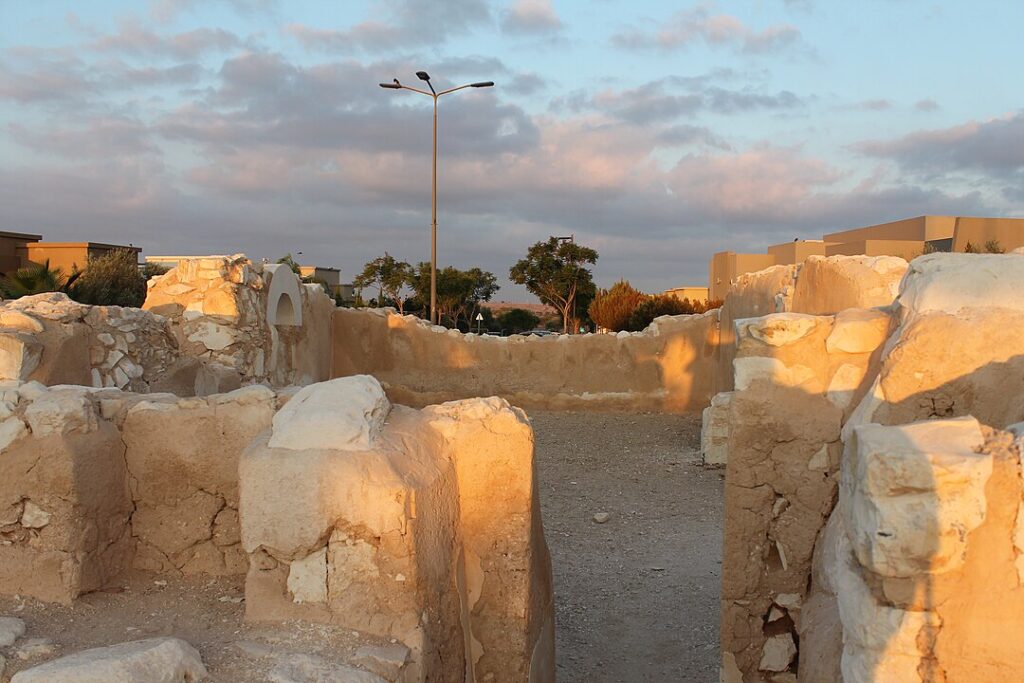
Known as the “Atlantis of the Sands,” Ubar was an ancient city buried by the desert sands. Archaeological evidence suggests it was a hub for frankincense trade. Rediscovered in the 1990s, Ubar offers insight into the region’s rich trading history and the legendary tales that surround it.
Hegra (Al-Hijr), Saudi Arabia
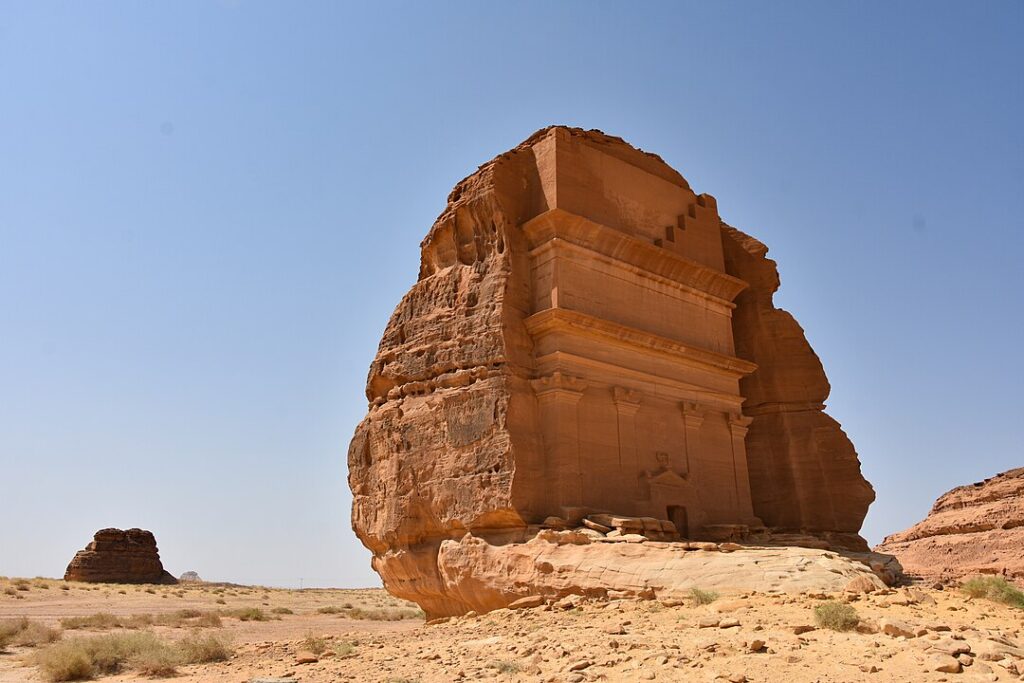
A sister city to Petra, Hegra features over 100 well-preserved tombs with elaborate facades carved into sandstone. As a Nabatean city, it showcases the architectural prowess and cultural influences of its era, yet remains far less visited than Petra.
Ani, Turkey
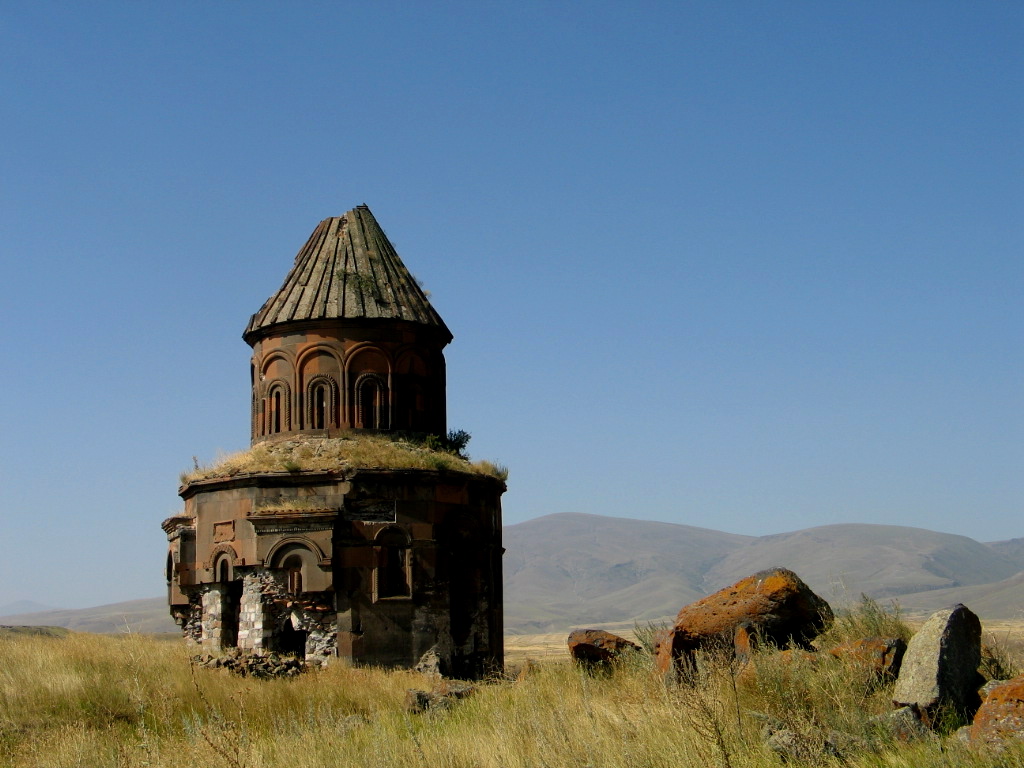
Once a thriving medieval city on the Silk Road, Ani is now a ghost town with striking ruins of churches, mosques, and fortifications. Its diverse architectural styles reflect the confluence of cultures that passed through this strategic location.
Mada’in Saleh, Saudi Arabia
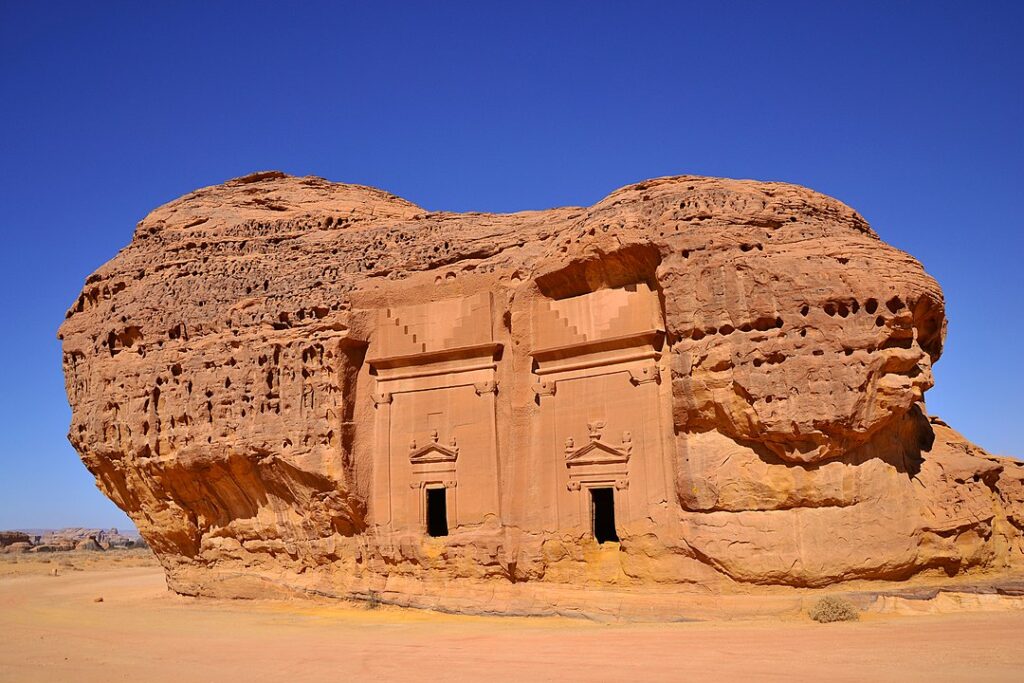
Another Nabatean city, Mada’in Saleh boasts rock-cut tombs, temples, and monumental inscriptions. Its significance as a trade route hub is evident in its impressive ruins, offering a glimpse into ancient Arabian civilizations.
Beiteddine Palace, Lebanon
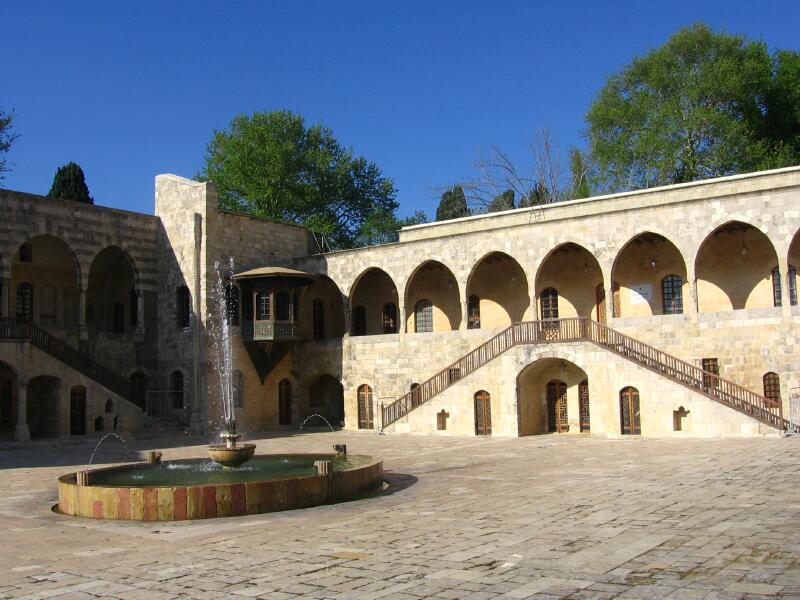
This 19th-century palace, nestled in the Chouf Mountains, exemplifies Ottoman architecture with its stunning courtyards, mosaics, and intricate woodwork. It serves as a testament to Lebanon’s rich cultural heritage and historical complexity.
Baalbek, Lebanon
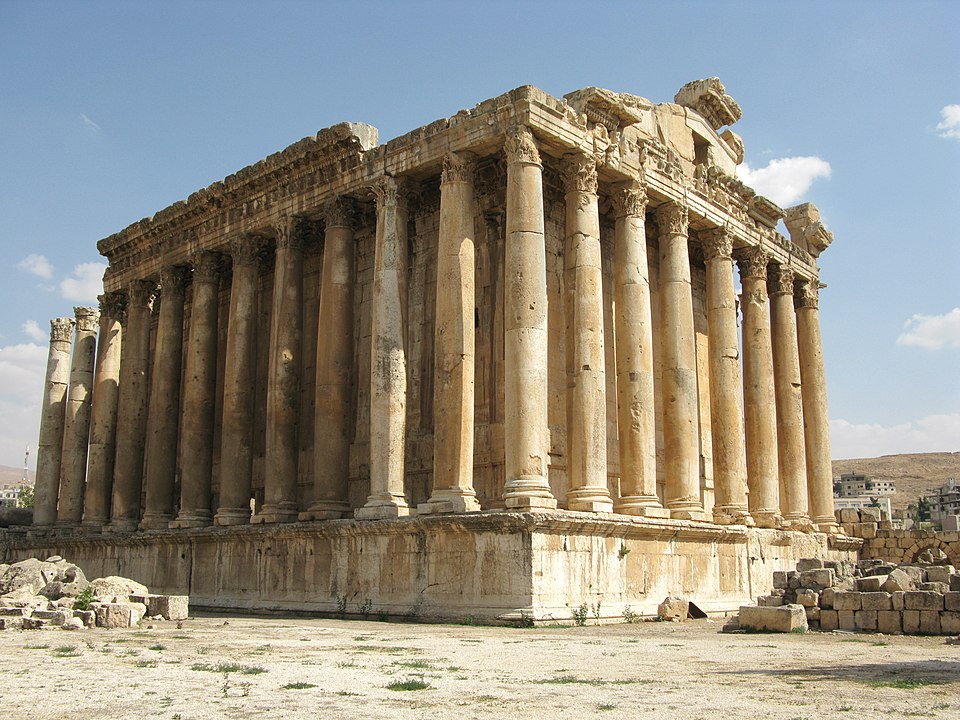
Home to some of the largest Roman temples ever built, Baalbek’s grand ruins are an architectural marvel. The Temple of Bacchus and the Temple of Jupiter are particularly noteworthy for their colossal proportions and intricate designs.
Al-Ula, Saudi Arabia
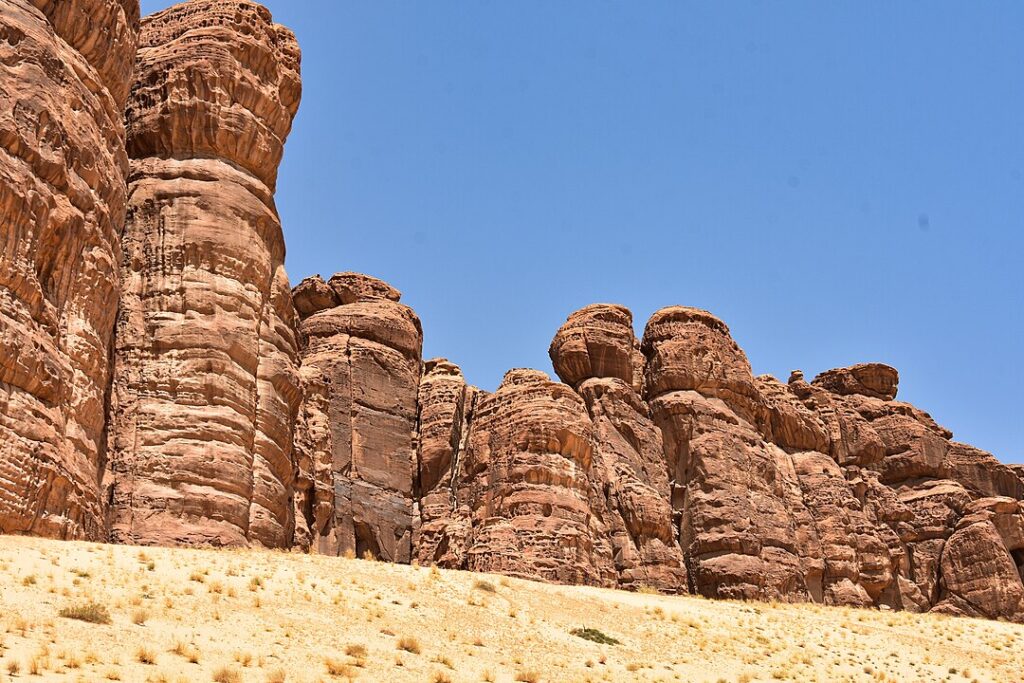
Al-Ula is an ancient oasis town with historical significance spanning several millennia. Its archaeological sites include rock carvings, mud-brick houses, and tombs, offering a comprehensive view of ancient Arabian life and culture.
Salalah, Oman
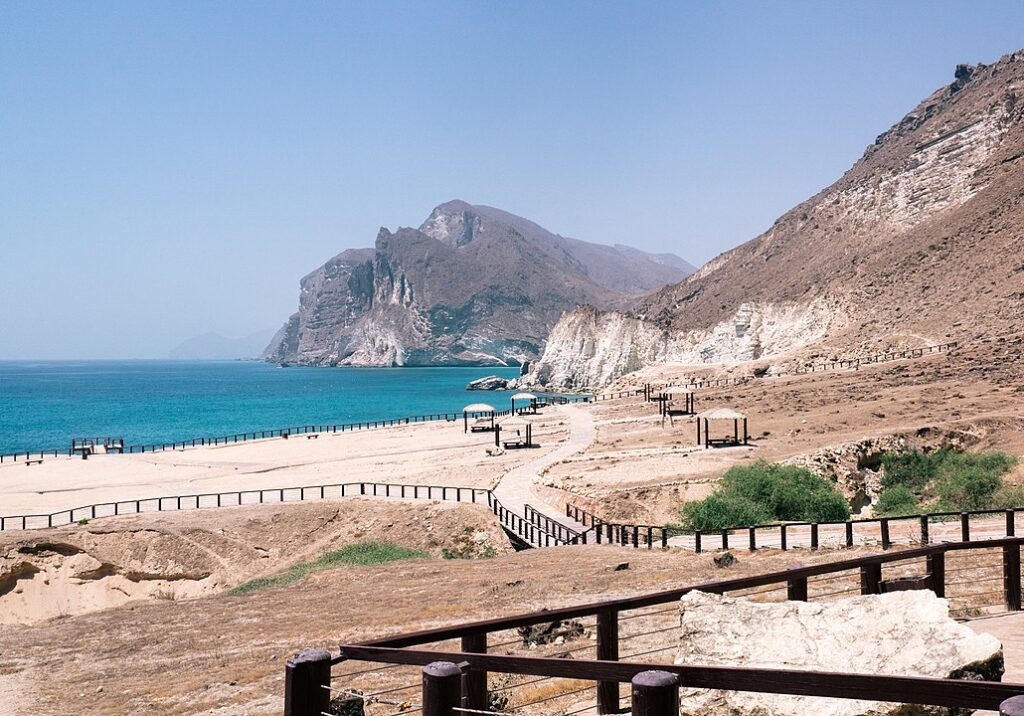
Known for its frankincense trees and seasonal monsoons, Salalah has ancient ruins, including the Al-Baleed archaeological site. This site, once a thriving port city, played a crucial role in the frankincense trade.
Qasr Amra, Jordan
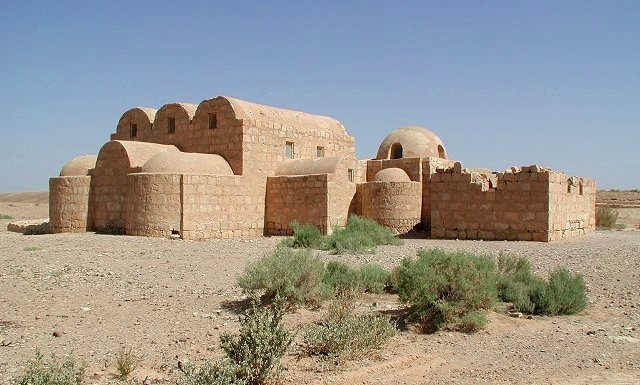
This Umayyad desert castle is famed for its frescoes depicting hunting scenes, zodiac signs, and bathing nymphs. It’s a rare example of early Islamic art and architecture, reflecting the Umayyad’s appreciation for luxury and leisure.
Al-Qattara Arts Centre, UAE
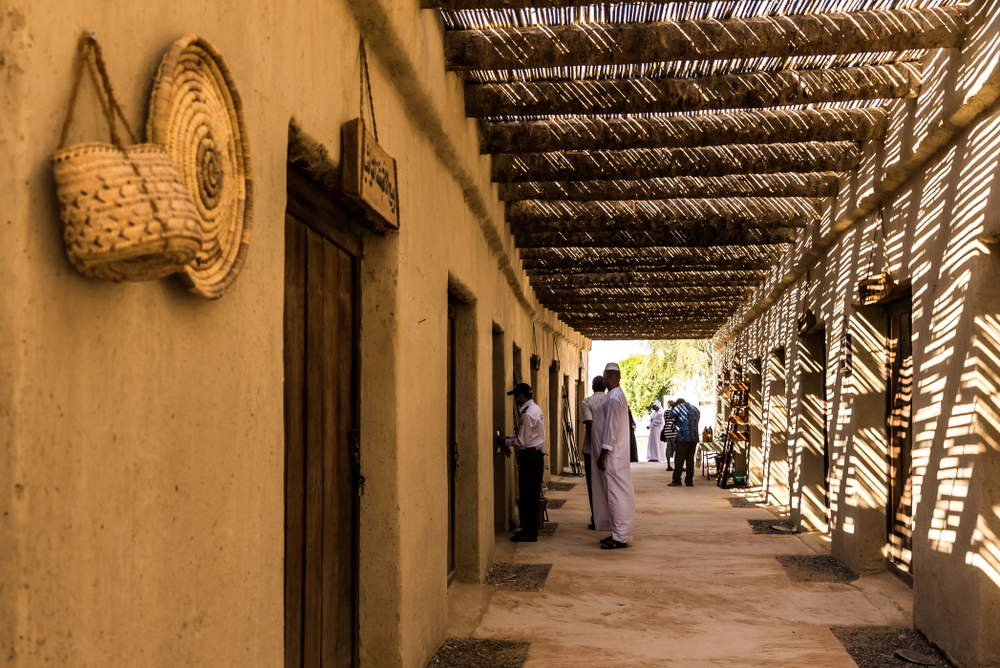
Housed in a restored traditional mud-brick house, the Al-Qattara Arts Centre offers a unique blend of heritage and contemporary art. It serves as a cultural hub in Al Ain, preserving traditional crafts and promoting modern artistic endeavors.
Dara, Turkey
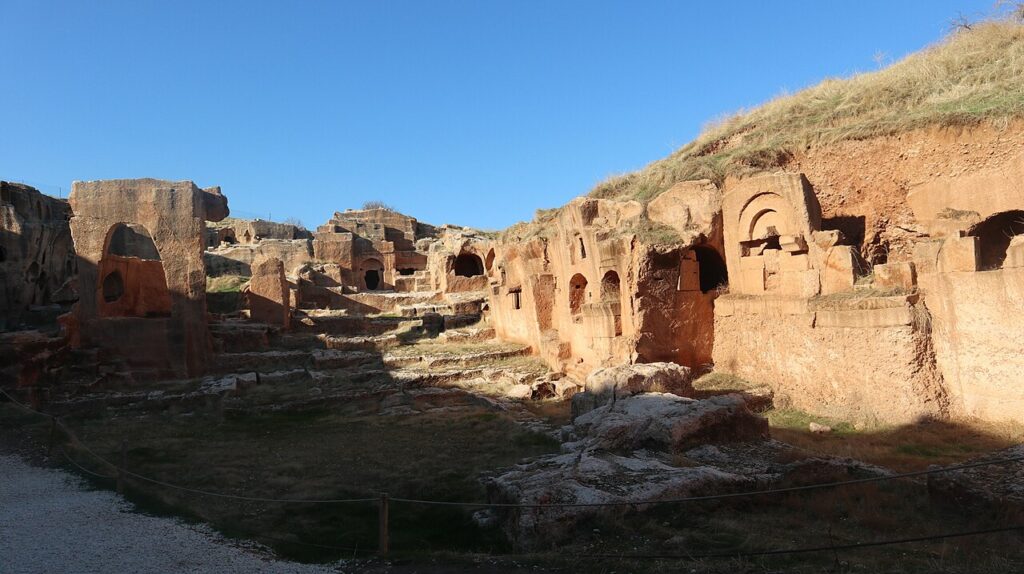
An ancient Mesopotamian fortress city, Dara boasts extensive ruins, including an impressive necropolis, city walls, and a vast cistern. Its strategic importance in Byzantine times is evident in its formidable defenses and complex urban layout.
Taq Kasra, Iraq
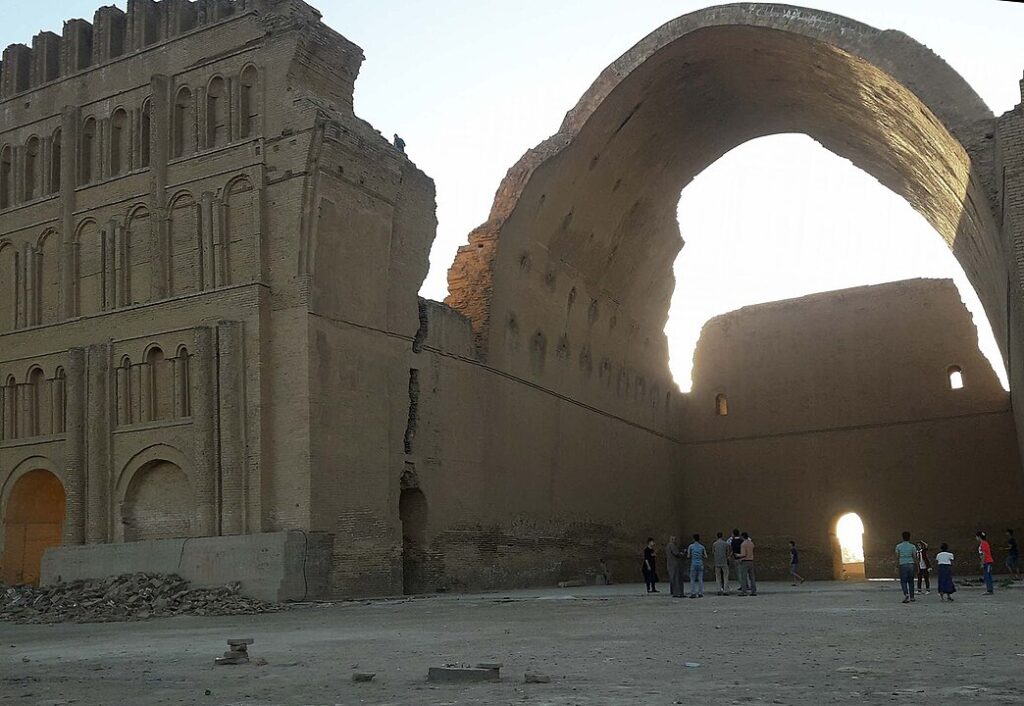
This massive vaulted arch is the only remaining structure of the Sassanian capital of Ctesiphon. As one of the largest single-span brick arches in the world, it exemplifies ancient Persian engineering and architectural prowess.
Shibam, Yemen
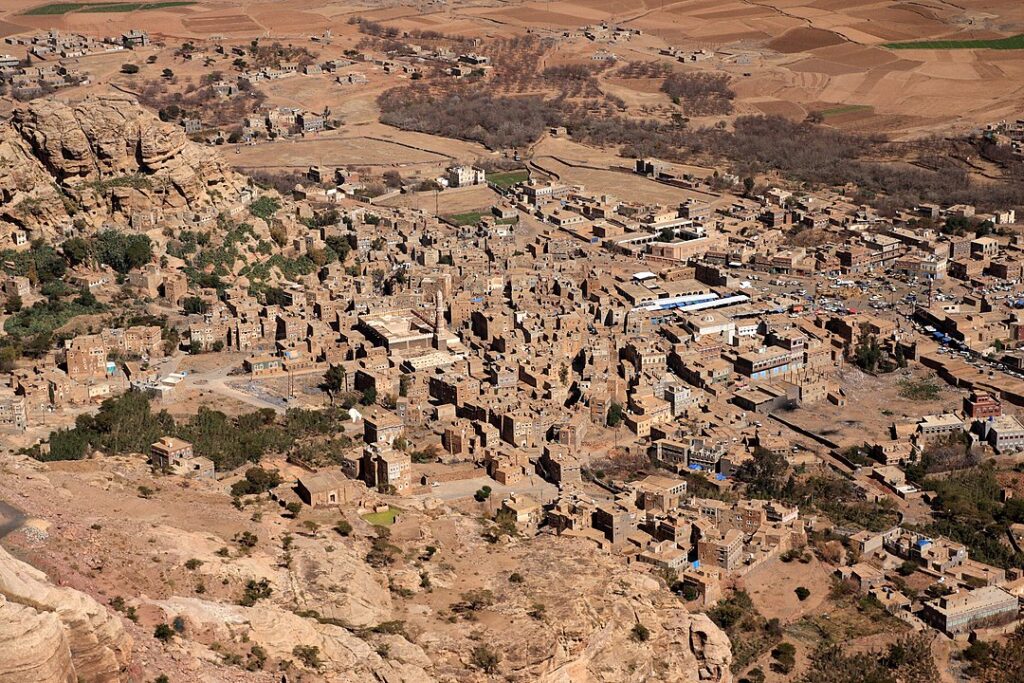
Known as the “Manhattan of the Desert,” Shibam is famed for its mudbrick high-rises, some of which date back to the 16th century. These towering structures reflect an ingenious adaptation to desert living and urban planning.
Citadel of Arbil, Iraq
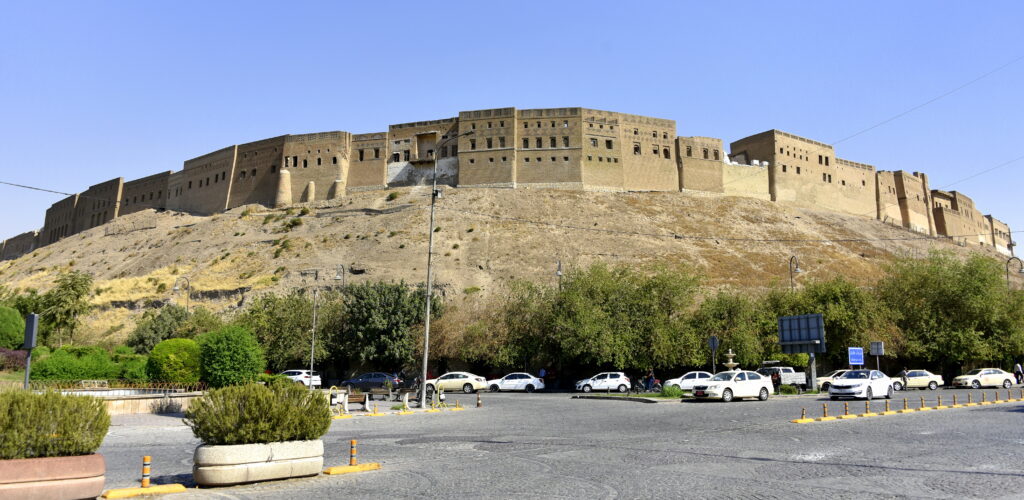
One of the oldest continuously inhabited sites in the world, the Citadel of Arbil features layers of history from the Assyrians, Persians, and Ottomans. Its narrow alleys, historic homes, and central location make it a cultural and historical treasure.
Kish, Iran
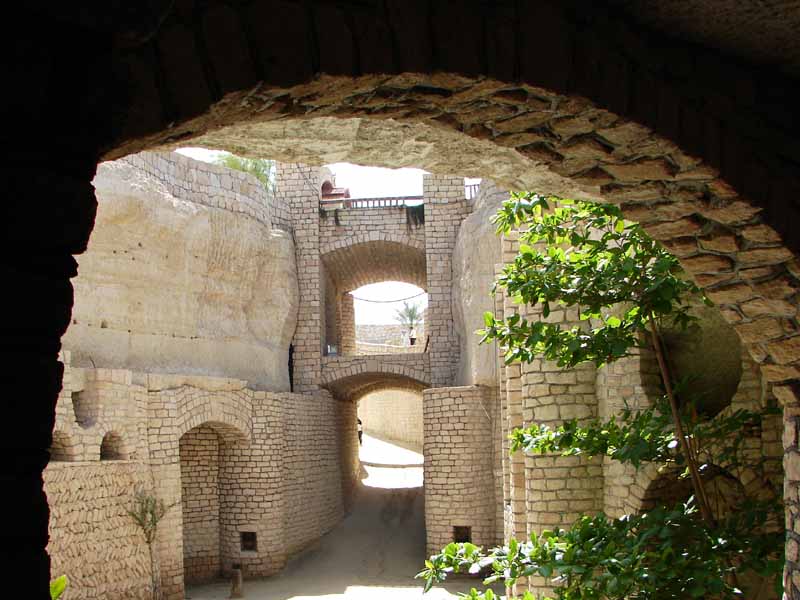
An ancient Elamite city, Kish features ziggurats, temples, and palaces that offer a window into early urban civilization in the region. Its ruins are a testament to the city’s significance as a center of culture and commerce.
Mleiha, UAE
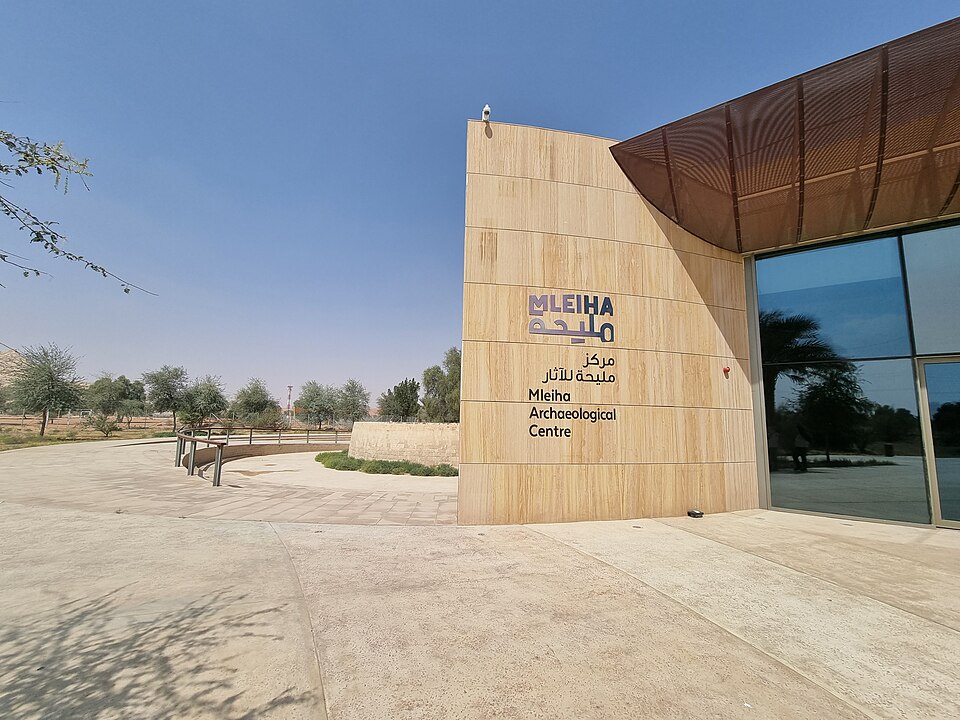
An archaeological site that reveals a rich pre-Islamic history, Mleiha includes tombs, forts, and settlements from the Bronze Age to the Iron Age. Its artifacts and structures illustrate the region’s ancient trade and cultural exchanges.
Bat, Oman
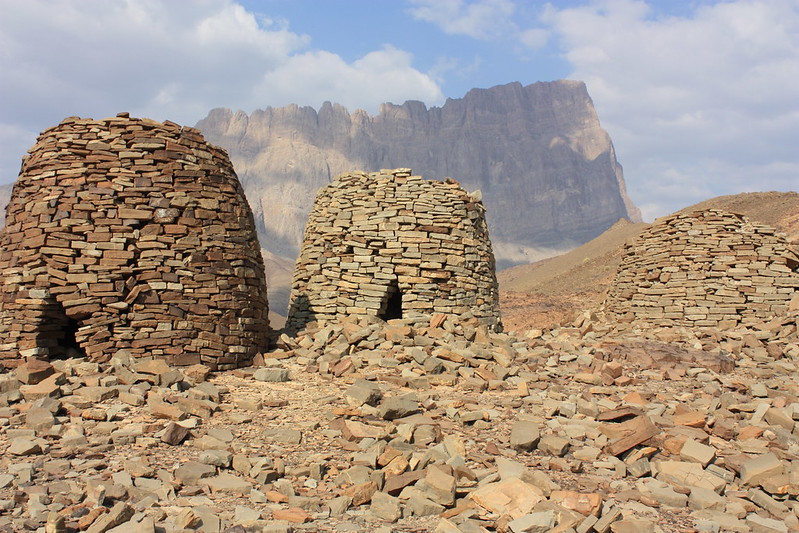
A UNESCO World Heritage site, Bat features ancient tombs and settlements dating back to the 3rd millennium BCE. Its beehive tombs are particularly notable for their unique construction and historical significance.
Al-Qusayr, Egypt
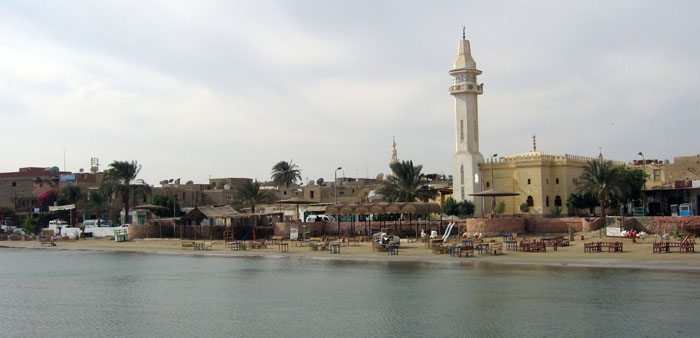
A lesser-known Red Sea port city, Al-Qusayr boasts Ottoman-era architecture, including a well-preserved fortress. It played a significant role in trade between Egypt, Arabia, and the Indian Ocean.
Al-Hajar Mountains, UAE and Oman
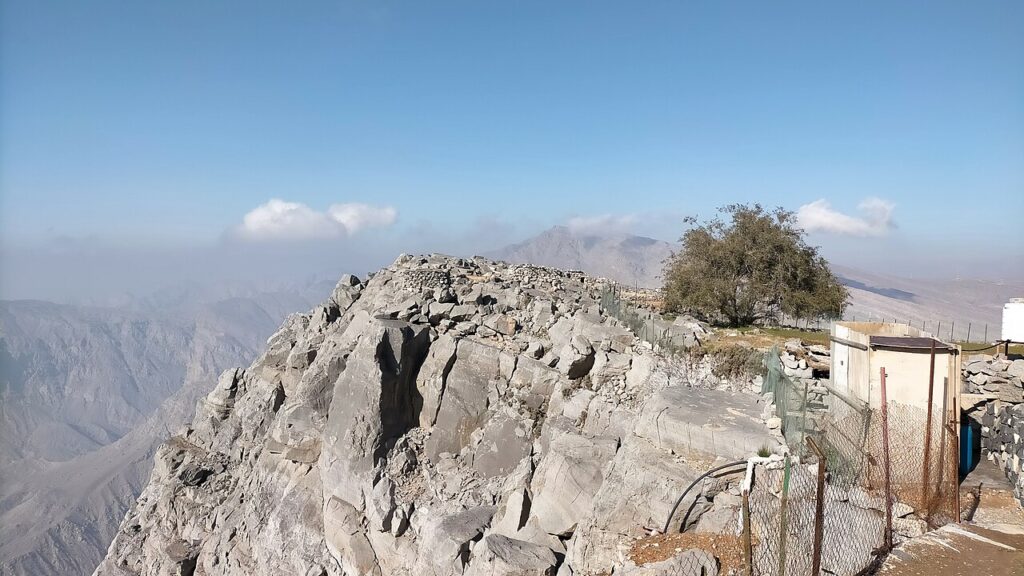
These mountains are rich in ancient petroglyphs and archaeological sites, including tombs and settlements. They offer a glimpse into the prehistoric and early historic periods of the Arabian Peninsula.
Bosra, Syria
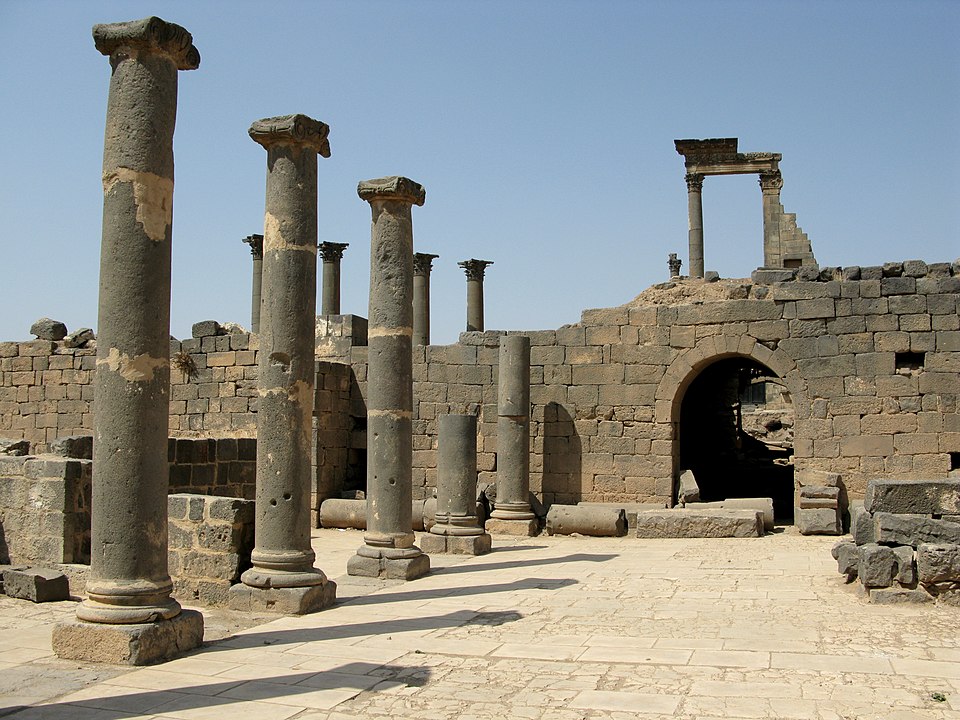
An ancient Roman city, Bosra is known for its well-preserved theater, extensive ruins, and blend of Roman, Byzantine, and Islamic architecture. Its strategic location made it a key center in various empires.
Tiraz, Jordan
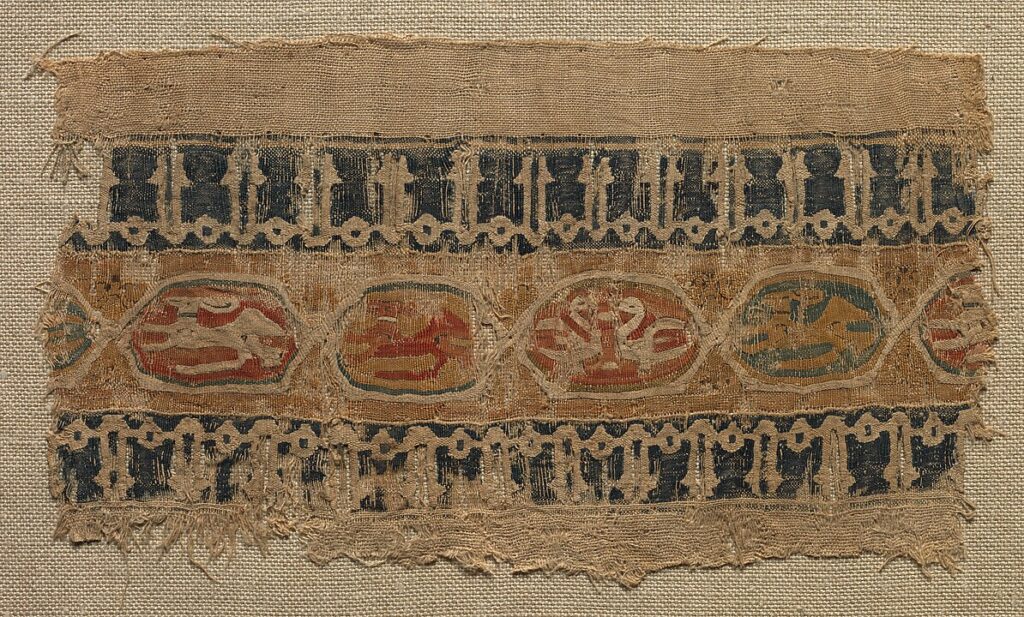
The Tiraz Centre in Amman is dedicated to preserving traditional Arab textiles and costumes. It showcases a vast collection of embroidery, garments, and cultural artifacts, highlighting the region’s rich textile heritage.
Jibreen Castle, Oman
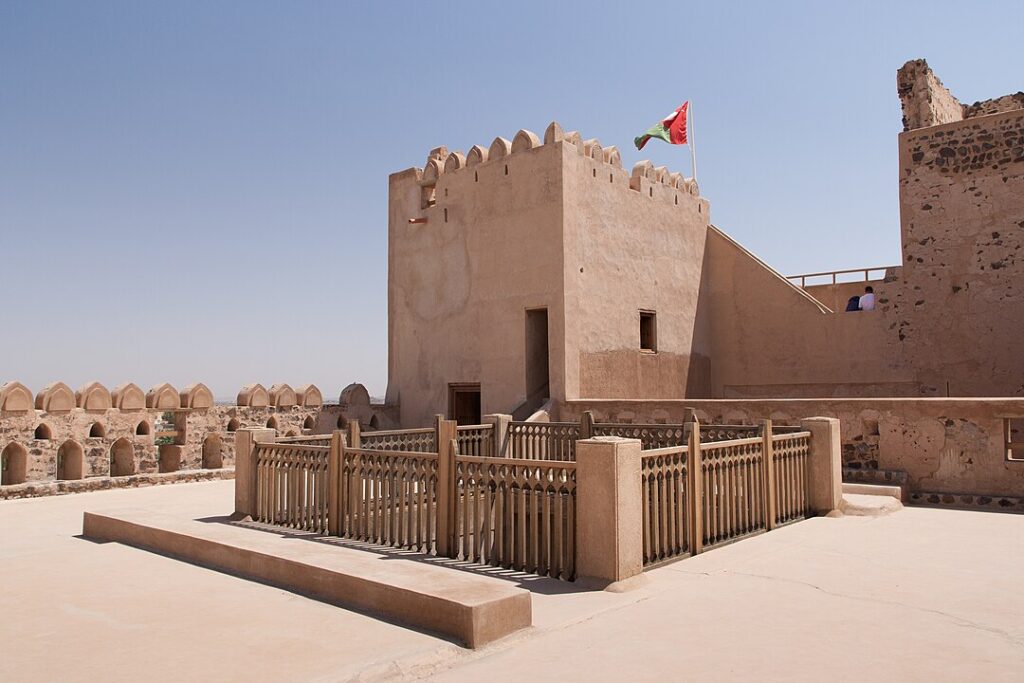
A fine example of Omani architecture, Jibreen Castle features elaborate ceilings, intricately carved doors, and defensive structures. Built in the 17th century, it offers insight into Omani history and architectural ingenuity.
This article originally appeared on UnifyCosmos.
More from UnifyCosmos
20 Worst Things About Homeowners Associations
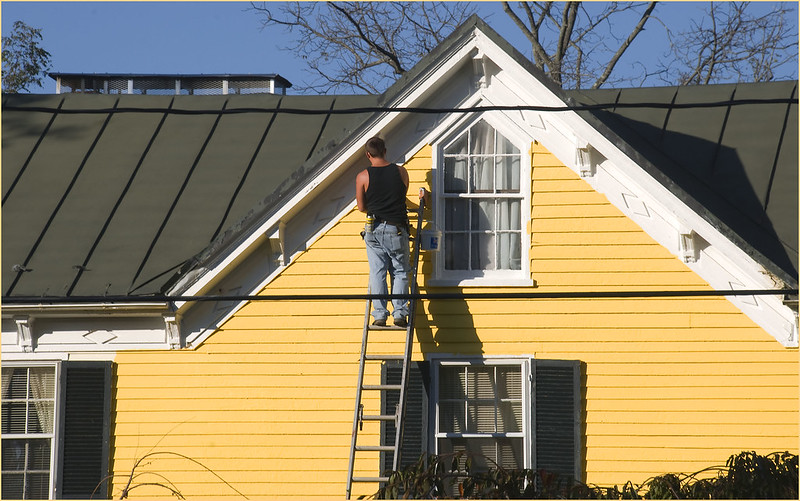
Understanding the worst aspects of HOAs can help homeowners navigate and mitigate these issues more effectively. Here, we explore some of the common grievances associated with HOAs. Read more!
22 Household Items That Are Wastes of Money

Let’s look at some common household items that aren’t worth the cost. Read more!
24 Everyday Items You Didn’t Know Have Expiration Dates

From household products to personal care items, knowing when to replace them can help maintain their effectiveness and keep you healthy. Here are some surprising items you might not realize have expiry dates. Read more!
Leave a Reply